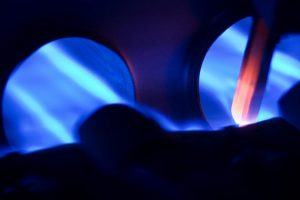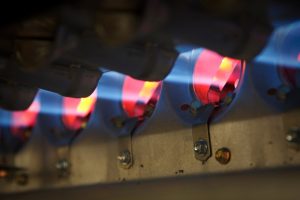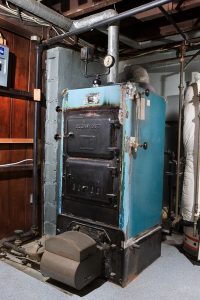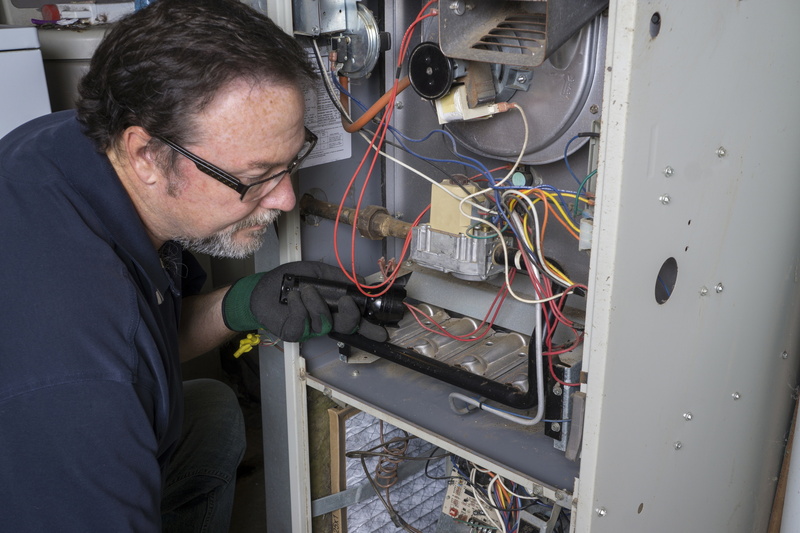 You’d be surprised by how many homeowners there are that don’t really know how their furnaces work. While it might be convenient to think of your heater like a magic box that makes heat, it’s more complicated and more interesting than that. Gas furnaces are marvels of modern technology, being able to burn fuel using combustion to turn cold air into warm air, they’re hyper-efficient these days and tend to run very affordably as well.
You’d be surprised by how many homeowners there are that don’t really know how their furnaces work. While it might be convenient to think of your heater like a magic box that makes heat, it’s more complicated and more interesting than that. Gas furnaces are marvels of modern technology, being able to burn fuel using combustion to turn cold air into warm air, they’re hyper-efficient these days and tend to run very affordably as well.
That being said, when something goes wrong in your furnace or you’re worried about your home’s safety having a gas burner inside of it, it’s always a good idea to have a good idea about what a furnace does and how it works. So, when you need furnace repair in Wabash, IN, you’ll be able to help a professional pinpoint exactly where the issue is and know how relatively expensive that fix should be.

 If you’re one of the many owners of a furnace or other type of heating system, you’re going to already be aware of a few signs that show problems are developing. While problems are important to address, and
If you’re one of the many owners of a furnace or other type of heating system, you’re going to already be aware of a few signs that show problems are developing. While problems are important to address, and  If you’ve got a gas furnace at home, chances are pretty good that you know what your pilot light is. For everyone else, the pilot light is the flame that is used to light the gas burners that eventually heat your home. The pilot light provides a pretty simple yet integral part of the heating process.
If you’ve got a gas furnace at home, chances are pretty good that you know what your pilot light is. For everyone else, the pilot light is the flame that is used to light the gas burners that eventually heat your home. The pilot light provides a pretty simple yet integral part of the heating process. Maintaining a furnace isn’t fun and games, but it requires a little bit of vigilance to avoid any catastrophic problems. Homeowners like to turn the light on in their basements, check on their
Maintaining a furnace isn’t fun and games, but it requires a little bit of vigilance to avoid any catastrophic problems. Homeowners like to turn the light on in their basements, check on their 



 Past mid-February isn’t the end of winter, even with March around the corner. March is a notoriously unpredictable month—so much so people can’t even keep straight whether the saying is “March enters like a lamb and leaves like a lion” or “March enters like a lion and leaves like a lamb.”
Past mid-February isn’t the end of winter, even with March around the corner. March is a notoriously unpredictable month—so much so people can’t even keep straight whether the saying is “March enters like a lamb and leaves like a lion” or “March enters like a lion and leaves like a lamb.”